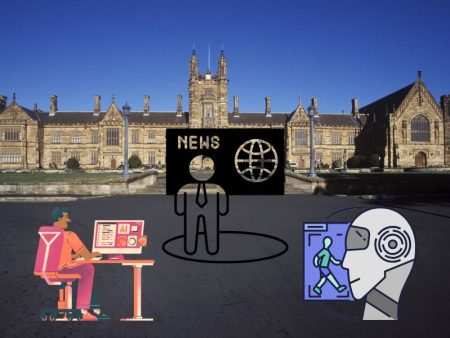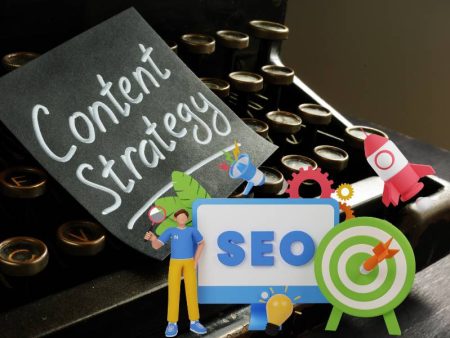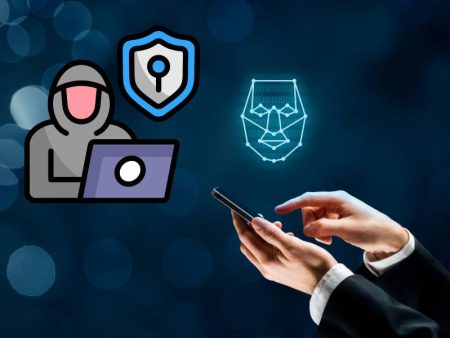You know that feeling when you sign up for something—an ebook, a newsletter, a tiny seed of hope—and immediately get… radio silence? No welcome, no introduction, nada. Feels lonely, right?
I’ve been on both sides: the newcomer waiting for connection and the marketer running hundred-email campaigns. It’s messy, emotional, and yes—avoidable.
That’s where AI-powered email automation flows come in. From the moment someone signs up (hello, Welcome Series) to when they drift away (aw, time for a Winback), AI has your back. And believe me, it’s better than that “unsubscribe” button staring back at you.
The Welcome Series: First Impressions Matter
You wouldn’t walk into a party and say, “Here I am.” Then wander off, silent. So why do that in email?
Welcome Series sets the tone. It’s your brand’s first handshake—or elbow bump, if we’re being casual. It signals, “Hey, I see you. I appreciate you. Here’s why you made a great choice.”
That’s why more thoughtful lines have open rates up to 50%. But creating them? Tough. You need to:
- Greet genuinely
- Set expectations
- Deliver value
- Invite action
That’s a lot in just a few emails.
Here’s where AI shines. For instance, tools like AI Email Lead Generator can help you craft personalized welcome flows with variable intros and CTAs that adapt to each user’s signup reason. Suddenly, your automation feels less robotic—even though AI powers the setup.
What Makes a Great Welcome Flow?
Let’s chat. You sign up for a tool. You expect:
- Day 1 – A warm hello + quick win
- Day 3 – A “here’s what’s next” nudge
- Day 5 – A use-case email or customer story
- Day 7 – A soft ask (“need help? reply!”)
That’s the ideal arc. But executing it with flair? That’s where a lot of folks stall.
Cue AI—suggesting subject lines like “How to get your first win with [tool]” or intros that sound different based on user persona (“Hey aces at startups…” vs. “Hey marketing mavens…”). Variations done right, without manual brainstorming.
AI-Powered Nurture: Styles, Tone, Timing
Human? Always. Efficient? Now possible.
AI watches engagement signals:
- Opens
- Clicks
- Pauses (did they linger on last email?)
- Inactivity (did they not open for a week?)
Then it adapts the automation: slower pace, extra tutorial, customer testimonial. That kind of empathy—so hard manually—unfolds naturally when AI handles timing and triggers.
For example, someone clicked the pricing page in email three? AI can auto-queue a case study to hit them two days later, with a subject line built on FOMO psychology (“See how [Peer Company] doubled ROI with this”). That’s nurturance on autopilot.
Winback Campaigns: Getting the Spark Back
We’ve all ghosted brands. But sometimes we come around.
Winback flows are chances to reconnect before we unsubscribe. AI can help revive those relationships with empathy-first re-engagement.
Use cases:
- “Hey, noticed you’ve been quiet. It happens—what can we help with?”
- Soft discount or invite to chat (“We’ve noticed you haven’t logged in. Fancy a catch-up?”)
AI personalizes the tone based on past behavior—so it’s not “one-size-fits-all,” but “one-size-fits-YOU.”
Storytime: How One Brand Used AI & Won
Let me tell you about Plant & Progress, a small B2B SaaS. They had a stale welcome series, no winback, and a 15% churn rate.
They decided to introduce AI into their automation:
- Welcome series: AI suggested 3 flow variants based on user segment (small business vs. enterprise)
- Nurture triggers: AI monitored email opens and website behavior to send follow-ups
- Winback: AI launched a “we miss you” flow with an empathetic tone (“Forgotten your plant care? Let us help nurture it again.”)
Results after 2 months?
- Welcome series open rate: +18%
- Nurture clicks: +22%
- Winback re-engagement: +15%
- Overall churn down by 7%
That kind of result? It lifts morale and ROI.
The Non-Linear Magic of AI Flows
Here’s the plot twist: email workflows no longer need linear paths.
Previously:
- Welcome Email 1 → Email 2 → Email 3 → … then archive
Now?
- Welcome Email A
- If opened and clicked → Trigger Tutorial Flow
- If opened only → Trigger Onboarding Flow
- If unopened → Resend with tweaked subject
That’s non-linear storytelling—each path crafted for unique reader behavior. AI makes triggers seamless—Subject lines, timing, content—automatically fine-tuned.
Friendly Banter & Human Touch
Let’s not get cold. AI isn’t taking away your humanity—it amplifies it.
For instance, a welcome email:
“Hey there! Welcome aboard—really thrilled you’re here. I know signing up is the easy part—getting started is the tricky bit.”
AI might optimize it to:
“Hey there! Welcome aboard—I’m genuinely glad you’re here. Signing up’s the easy part—diving in is where the fun begins :)”
Notice the small tweak? Less flat, more human. More “we’re in this together.”
That banter changes the vibe and increases connection.
Common Concerns (Let’s Address Them)
Is AI going to sound robotic?
Not if you supply brand voice (casual, serious, witty). Let AI draft, then tweak accordingly.
Won’t I lose control?
AI suggests; you decide. Always preview before launching.
Is this overkill for small lists?
Nope. Even with hundreds, personalization matters. Small list? Big impact.
Your AI Automation Roadmap
Here’s a handy blueprint:
Step 1: Audit Your Existing Flows
List your welcome, nurture, and winback emails. Note weak engagement points.
Step 2: Define Behavioral Triggers
What ease points matter? Opens, clicks, page visits, time since last login?
Step 3: Feed AI Your Content + Goals
Example prompt to tool:
“Generate three variations for welcome email 2: introduce core feature, friendly tone, segmented by user type.”
Add editing instructions (“Keep under 120 words, mobile-friendly”).
Step 4: Set AI-Powered Triggers
Use your ESP’s automation to fire emails based on behavior signals.
Step 5: Monitor, Test & Iterate
Track open/click/unsubscribe metrics. Swap subject lines, intros, content slightly to optimize.
Emotional & Human Benefits
Using AI in flows is about more than metrics; it’s about empathy—honoring your audience’s journey.
Instead of one-size-fits-all, people feel seen. They get content that fits their stage. That builds loyalty and connection, not just profit.
Common Pitfalls & How to Avoid Them
- Too many variants: Keep it simple. 2–3 flows per funnel stage is enough.
- Over-personalization: AI can overdo it. Tone it down and keep it authentic.
- Skipping edits: AI is not the final voice. Always review.
Final Thoughts: AI as Co-Pilot, Not Autopilot
AI helps build modular, adaptive flows. But you are still the pilot. You set strategy, voice, and purpose.
AI suggests, experiments, optimizes continuously—and that’s your edge.
TL;DR
- Use AI to craft welcome, nurture, and winback flows that adapt based on behavior
- Segment flows non-linearly—AI triggers smarter, dynamic messaging
- Keep tone human, empathetic, mobile-optimized
- Test subject lines, intros, flow variants regularly
- AI helps personalize at scale—without losing authenticity
Ready to Build Your AI-Flows?
Start small:
- Pick your next welcome email
- Use your AI tool to create 2–3 variations
- Segment based on a simple trigger (open or click)
- Monitor results—see what lands
Let me know if you’d like help drafting prompts or mapping flow journeys. I’m here to help your emails feel less… broadcast-y, and more like real conversation.


